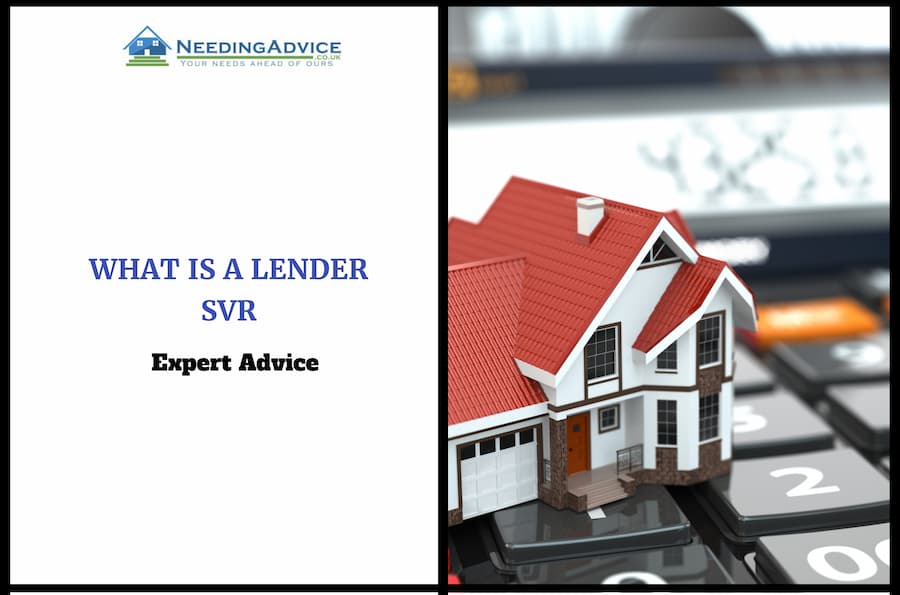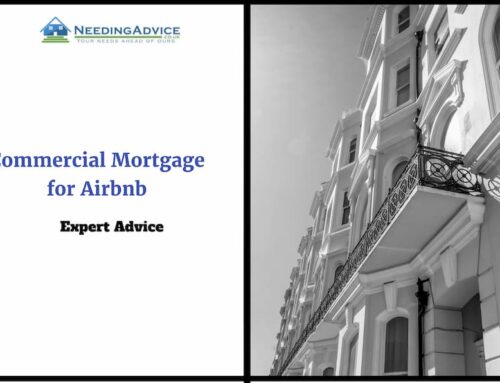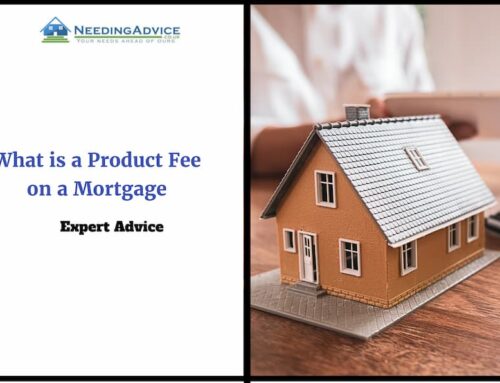When taking out a mortgage in the UK, you’ll often hear the term Standard Variable RateThe interest rate charged by the lender that can vary over t... (SVR). This is the default interest rate set by mortgage lenders that borrowers move onto after their initial mortgage deal—such as a fixed-rate mortgage or a tracker mortgage deal—comes to an end.
For many homeowners, understanding SVRs is essential because they can significantly impact monthly mortgage payments. In this guide, we’ll explore lender SVRs, how they work, and what your mortgage options are if you find yourself on one.
The article is updated as of Feb 19, 2025
What Is a Standard Variable Rate (SVR)?
A Standard Variable Rate (SVR) is a type of variable rate mortgage set by individual mortgage lenders. Unlike tracker rateA type of mortgage with an interest rate that is set a certa... mortgages, which move in direct relation to the Bank of England Base RateThe interest rate set by the Bank of England, affects the in..., an SVR is determined at the lender’s discretion. This means the rate can change at any time, regardless of base rate moves.
SVRs are often higher than the rates available on fixed-term mortgages or tracker mortgages, making them a more expensive type of mortgage to be on. However, they offer flexibility, as borrowers can usually leave the SVR without repayment charges.
How Do SVRs Compare to Other Mortgage Types?
When choosing a type of mortgage, it’s important to compare an SVR to other mortgage products:
Fixed-Rate Mortgages
• Lock in a set mortgage rate for a specific initial term (e.g., two, five, or ten years).
• Provides stability in monthly payments but often comes with arrangement fees.
Tracker Mortgages
• Follows the Bank of England Base Rate, plus a fixed percentage.
• Can be a cheaper rate than an SVR but may rise if the base rate increases.
Discount Mortgages
• Offers a discount rate mortgage deal off the lender’s SVR for a period of time.
• After the initial deal period, it reverts to the default interest rate.
• Links savings to your mortgage to reduce interest.
• Can be an effective way to save extra money on mortgage repayments.
Why Do Borrowers End Up on an SVR?
Many homeowners find themselves on an SVR when their initial mortgage deal finishes. If you don’t remortgageRefinancing an existing mortgage with a new mortgage. or switch to another mortgage deal, you will automatically move onto your lender’s SVR, which is usually much higher than the current mortgage rates available on the market.
Some borrowers—often referred to as mortgage prisoners—are unable to switch due to bad credit, changes in their financial situation, or stricter lending criteria. For these individuals, the high default rate borrowers face on an SVR can cause financial harm.
If you are interested in getting a mortgage, please feel free to contact our team of expert mortgage brokers.
Pros and Cons of SVRs
Potential Benefits of an SVR:


Downsides of an SVR:


What Can You Do If You’re on an SVR?
If your current mortgage deal ends and you move onto an SVR, you should explore alternative mortgage options:
1. Remortgage to a Better Deal
Many homeowners can switch to a fixed-rate or tracker mortgage for a cheaper deal.
2. Consider a Product Transfer
If you prefer to stay with your current lender, you may be able to switch to a new mortgage rate without undergoing a full application process. This is known as a product transfer.
3. Use a Mortgage Broker for Personalised Advice
An experienced mortgage broker, such as a CeMAP-qualified mortgage adviser, can provide personalised advice on the types of mortgage best suited to your financial circumstances. They can also help improve your chance of mortgage approval if you have bad credit.
How to Avoid Paying More Than Necessary
To avoid paying the default rate, it’s important to stay informed about your current mortgage term and when your initial deal is due to end. Many borrowers forget to remortgage after their initial mortgage rate finishes, leading to higher monthly payments.
Using a mortgage difference calculator can help you compare current deals and see how much you could save by switching. Additionally, signing up for money newsletters—such as Money Membership or the Consumer Insight Tracker Explore—can provide regular updates on current mortgage rates.
Final Thoughts: Is an SVR Right for You?
For most borrowers, an SVR is not the best option due to its higher rates and unpredictability. However, it does offer flexibility and can be useful for those planning to remortgage soon or who are unsure about committing to a long-term deal.
If you’re currently on an SVR, speaking to a specialist broker or using a broker matching service can help you find the cheapest mortgage deals available.







Leave A Comment